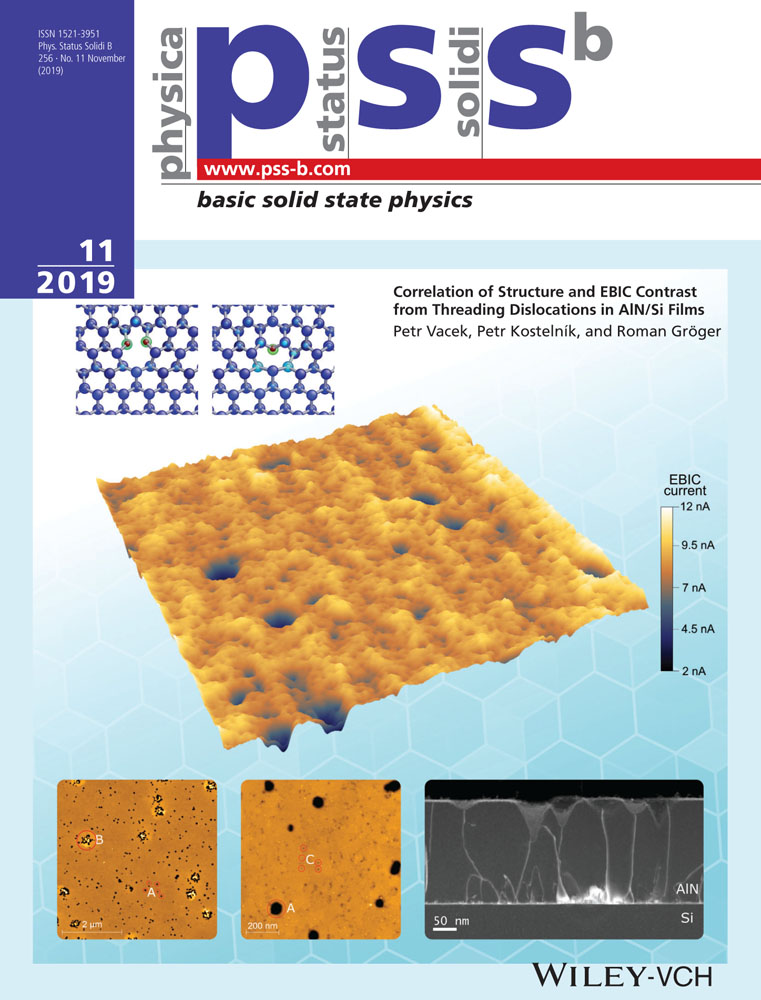Theoretical Design and Simulation Optimization of Photonic Crystal Cavity for Tetrahydrofuran Vapor Sensing
Abstract
A photonic crystal (PC) cavity with high quality factor (Q), wide measurement range, and high refractive index (RI) sensitivity is proposed and its possibility in tetrahydrofuran (THF) vapor sensing is theoretically demonstrated. The resonance characteristics of the PC cavity are simulated and optimized by using finite difference time domain (FDTD) method. Cholesteric liquid crystal (CLC) is selected as an example to infiltrate into local air holes of the PC cavity. Since the RI of the CLC and consequently the resonance wavelength of the PC cavity would change with the variation of the THF vapor concentration, this proposed PC cavity can be used for THF vapor sensing. By optimizing structural parameters of several air holes, the simulation results show that the RI sensitivity can be up to 194 nm RIU−1, along with a high Q of 2 × 105 and a detection limit (DL) as low as 4 × 10−5 RIU. For the THF sensing, the theoretical sensitivity and detection limit of THF vapor concentration can be 0.128 nm · L mmol−1 and 0.06 mmol L−1, respectively. Besides, it was theoretically verified that the PC cavity sensor has the ability to maintain RI sensitivity over a wide refractive index range of 1.33–1.53, enabling it to measure more other parameters.
Conflict of Interest
The authors declare no conflict of interest.




